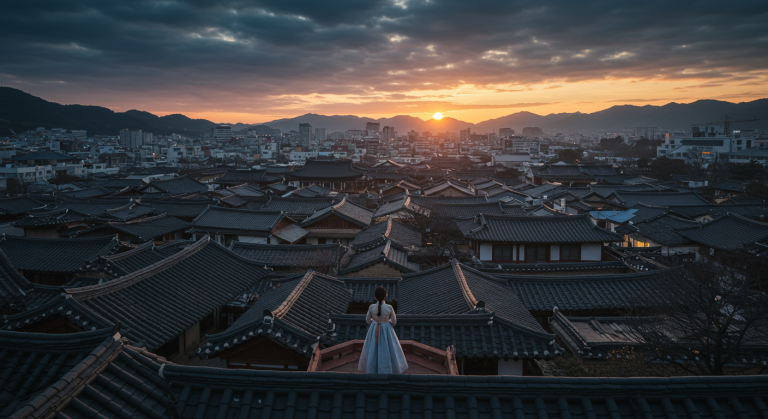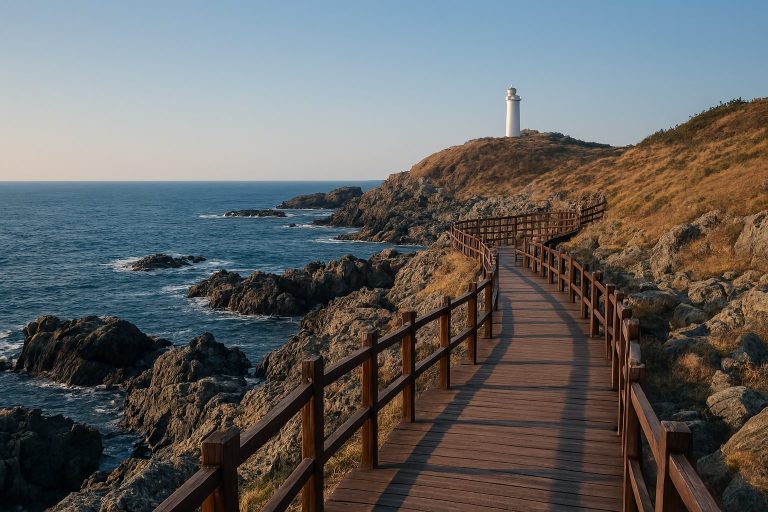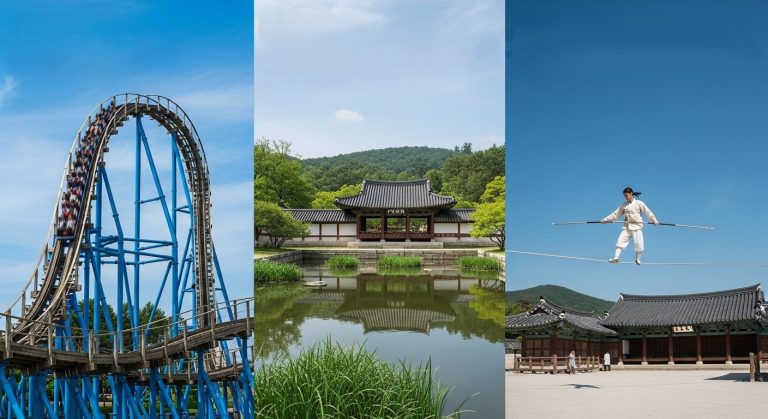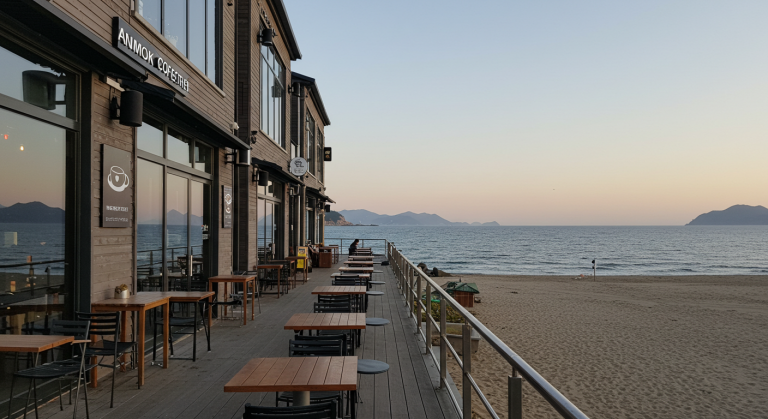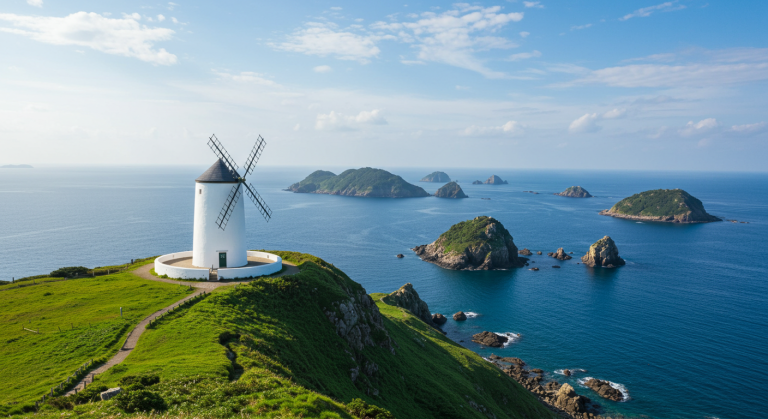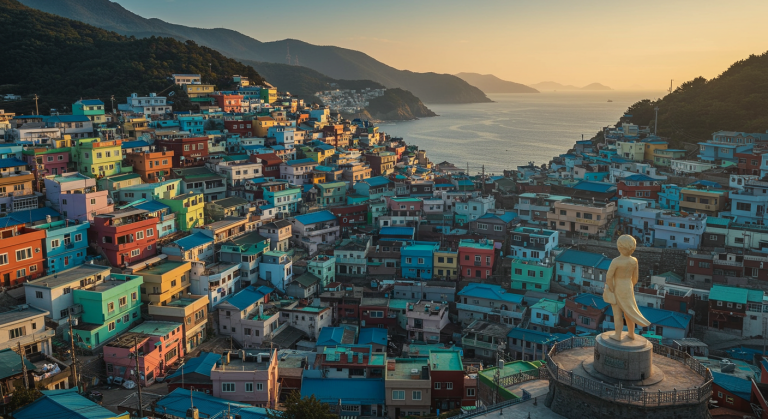Beyond Seoul: Your Complete 2-Day Paju Itinerary (DMZ, Heyri, and Hidden Gems)
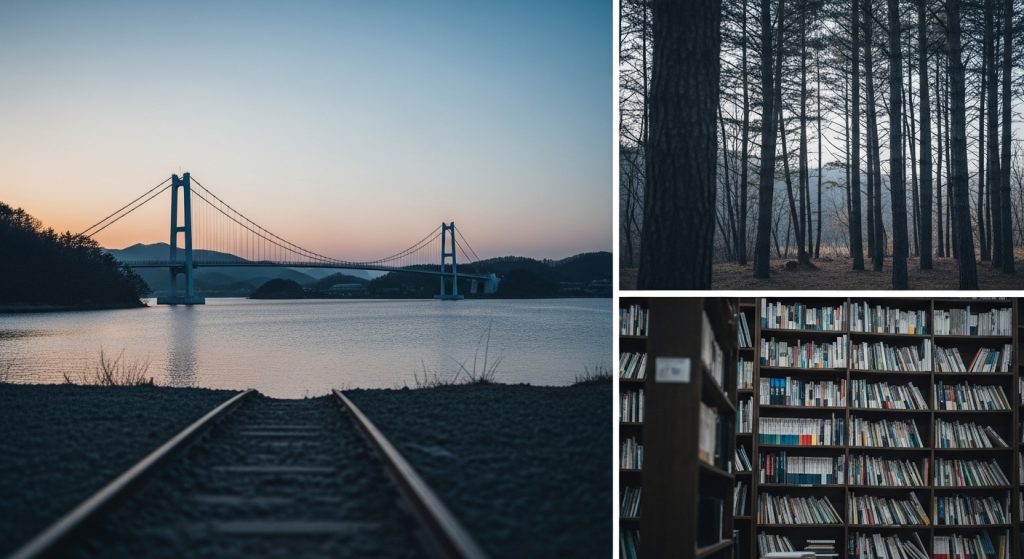
There’s a special kind of fatigue that hits when you realize all your travel daydreams start and end with the same three or four crowded spots near Seoul.
I’ve been there, scrolling through maps, wishing for a place that feels simultaneously accessible and profoundly unique.
That moment of travel inspiration finally struck me when I discovered the sprawling, multifaceted charm of Paju.
It’s a city that manages to hold some of the most emotionally resonant historical sites in the world right alongside buzzing artistic communities and truly breathtaking nature preserves. It’s an entire world unto itself, just waiting for a proper exploration.
This isn’t just another checklist of tourist spots; this is my definitive, expansive guide to mastering a Paju trip—whether you have a single day or a relaxing long weekend.
We’ll dive into the profound history of the border, the whimsical streets of the art district, the thrill of suspension bridges, and even where to find the absolute best local food. Let’s start crafting your perfect Paju escape. 🗺️🇰🇷
1. The Weight of History: The DMZ and Northern Paju 📜
The most powerful experience Paju offers is undoubtedly its connection to the Korean Demilitarized Zone (DMZ).
It’s impossible to remain unaffected by the sheer scale of the history preserved here. It provides a sobering, essential context for understanding modern Korea.
The first place I recommend starting is always the iconic Imjingak Pyeonghwa Nuri Park.
This park is a memorial and a symbol of hope for reunification. Walking across the rail line to see the rusty, bullet-ridden steam locomotive—a relic of the war—is truly a poignant moment. It’s freely accessible and deeply moving, allowing you to contemplate the separation without the complexity of a formal tour.
However, for the full, immersive historical tour, you absolutely must arrange a visit to the controlled zones.
The most popular stop, and the one that always leaves people speechless, is The Third Tunnel of Aggression. It’s a literal pathway dug by North Korea, discovered in the 1970s. You descend deep underground, and while you can only go so far, the experience of being in that space, only meters from the border, is unforgettable.
DMZ tours are strictly controlled. Tourists must have passports ready at all times, and photography is highly restricted in certain areas like the Dora Observatory and inside the tunnels. Military personnel enforce these rules rigorously. Disobeying instructions can lead to immediate expulsion from the area and potential legal issues. Always follow your guide’s directions precisely.
1.1 Odusan Unification Observatory
If the Dora Observatory is too crowded, I sometimes opt for the Odusan Unification Observatory.
Perched high on a hill, it offers one of the clearest and most accessible views of both the Han River and the adjacent North Korean farmland and villages.
It has excellent exhibition halls that help explain the history and culture of North Korea.
I found the exhibits here particularly detailed in illustrating the daily life across the border, which provides a profound human element to the political landscape.
2. Art, Culture, and Architecture Hubs: Heyri & Book City 🎨
Moving from the profound seriousness of the border, Paju offers a remarkable shift in atmosphere.
The art and cultural districts are where the city’s modern, creative soul truly comes alive. It’s the perfect palette cleanser after a morning of historical reflection.
2.1 Heyri Art Village: A Labyrinth of Creativity
Heyri is unique because it’s not just a commercialized tourist spot; it’s a living, breathing community.
The village was founded by hundreds of Korean artists who decided to build their homes, studios, and exhibition spaces here. This means every corner offers a new discovery.
What I love most about Heyri is the sheer variety.
You can spend an hour in a traditional Korean pottery workshop, then hop over to a vintage music museum featuring records from the 1950s, and finish with a modern installation art piece. Don’t miss the smaller, independent cafes—they often feature work by local residents and provide an intimate setting for a break.
Heyri is home to unexpected thematic museums, like the World Musical Instrument Museum or the Toy Museum. If you have niche interests, definitely check the official Heyri map beforehand; you might find an entire museum dedicated to your hobby! They are often small and run by passionate curators.
2.2 Paju Book City and The Forest of Wisdom
Paju Book City is not just a place for selling books; it’s an entire industry complex dedicated to publishing, printing, and design.
Its architectural design, intended to mimic the flow of nature and words, is impressive, but the main attraction is the Forest of Wisdom.
The sheer scale of the library is jaw-dropping.
It features massive, towering shelves of books donated by scholars, publishers, and academics. It’s divided into sections, and while many books are for display only, there are public reading areas where you can genuinely relax and enjoy the silence. It’s truly a sanctuary for thought and reading.
Forest of Wisdom Visitor Etiquette
- Keep conversations hushed; remember it is a place for contemplation and work.
- Do not attempt to climb or move books from the highest, non-accessible shelves.
- Utilize the designated reading areas for enjoying a purchased or borrowed book.
- Take photos, but avoid using flash or overly distracting equipment.
3. Natural Escapes and Adrenaline Spikes 🏞️
Paju’s proximity to Seoul sometimes makes us forget it’s nestled near beautiful mountains and reservoirs.
If you need a break from the crowds and the commerce, the city’s natural attractions offer some truly rewarding views and fresh air.
3.1 The Thrill of Majang Lake Suspension Bridge
The Majang Lake Suspension Bridge is the star of Paju’s nature scene.
At around 220 meters long, it stretches gracefully across the lake, making you feel like you’re floating above the water. I recommend going on a slightly windy day for an extra little thrill—the slight movement makes the experience far more memorable!
Beyond the bridge itself, the area surrounding Majang Lake offers lovely walking paths, a small music fountain, and paddle-boat rentals in the warmer months.
It truly makes for a perfect half-day retreat, especially in the vibrant colors of autumn or the fresh greens of spring.
Paju Itinerary Quick Planner ⏱️
Estimate time needed based on your interests.
Calculated Trip Length: Select your options above.
Recommendation: Adjust your focus to match your available time.
4. Local Flavors and Retail Therapy 🍽️🛍️
A true travel experience isn't complete without indulging in the local gastronomy and perhaps picking up a souvenir or two.
Paju has some unique specialties tied to its agricultural roots that you absolutely shouldn't skip.
4.1 The Taste of Paju: Jangdan-kong (Beans)
Paju is famously known for its high-quality **Jangdan Beans** (Jangdan-kong), an essential ingredient in many traditional Korean dishes.
These soybeans are prized for their excellent quality and are grown in the region's clean soil and air near the DMZ.
My personal recommendation is finding a local restaurant specializing in **Kong-guksu** (cold soybean noodle soup) during the summer.
The rich, creamy, homemade soybean broth is incredibly refreshing and healthy. You can also find great **Biji-jjigae** (a thick stew made from soybean sediment) which is the perfect warm comfort food for cooler days.
Paju's Pleasure Points
| Category | Destination | Best For |
|---|---|---|
| Luxury Shopping | Paju Premium Outlets | Designer brands at discounted prices, massive selection. |
| Whimsical Shopping | Provence Village | Unique European-style boutiques, excellent bakeries, photo ops. |
| Local Cuisine | Jangdan-kong Specialty Restaurants | Hearty, healthy meals focusing on locally-grown soybeans. |
4.2 Discount Deals and Fairytale Streets
The Paju Premium Outlets is a mega shopping destination.
Its open-air mall design makes for a pleasant shopping environment, though as mentioned, weekends can be a battlefield for parking and space. Planning to visit on a weekday morning is your best strategy for a relaxed experience.
Provence Village is perfect if you’re looking for charming aesthetics and niche shopping.
While some might find it a bit touristy, its brightly painted buildings and unique stores selling handmade goods and delicious breads make it a delightful place to wander, especially if you have kids or are looking for a romantic backdrop for photos.
5. Practical Logistics and Accommodation Choices 🚌🏨
Paju is geographically large, so understanding how to get around and where to stay is crucial for maximizing your time.
Don't let logistics derail your perfect trip!
5.1 Transportation: Self-Drive vs. Public Transit
For travelers without a car, getting from Seoul to Paju is straightforward using the Gyeongui-Jungang Line to Geumchon or Munsan Station.
However, traveling between the attractions—like from Heyri to Majang Lake—requires reliance on local buses or taxis, which can be time-consuming due to the distances involved.
I genuinely recommend driving or hiring a taxi/private van service if you are short on time and want to hit multiple zones.
The efficiency you gain from personal transportation easily offsets the cost, allowing you to spend more time enjoying the destinations and less time waiting at bus stops.
Where to Stay in Paju
Urban Comfort: Near Outlets/Book City
**Style:** Modern Hotel/Boutique Accommodation.
**Vibe:** Convenient, easy access to major commercial hubs, standardized comfort.
**Pros:** Reliable amenities, close to major roads and shopping, good dining options nearby.
Nature Retreat: Lakeside/Glamping
**Style:** Glamping Sites or Private Paju Pensions.
**Vibe:** Relaxing, connected to nature, often featuring BBQ and fire pit areas.
**Pros:** Scenic views, fresh air, a true getaway feeling. Requires driving access.
Final Thoughts: Charting Your Course for Paju Success 🧭
Paju, in my experience, is a destination of profound contrasts—a rare place that satisfies the history buff, the art enthusiast, the shopaholic, and the nature lover all in one.
Its proximity to the border gives it a unique depth, while its vibrant artistic and commercial zones make it feel incredibly modern and engaging.
To make your trip perfect, remember this single piece of advice: **Don't try to cram everything into one day.**
Paju is best savored slowly. Pick one or two zones to focus on—the historical north, the cultural west, or the natural center—and allow yourself the time to truly immerse yourself in the experience.
Whether you leave with a deeper understanding of Korean history, a shelf full of new books, or simply the memory of a stunning lake view, your journey to Paju is guaranteed to be rewarding.
Which two sections of this guide will be your starting point for planning? Let me know in the comments below! Safe travels! 👋😊


